The Alcoholic Flavor Market is currently characterized by a dynamic competitive landscape, driven by innovation, consumer preferences for unique flavor profiles, and a growing inclination towards premium products. Major players such as Diageo (GB), Pernod Ricard (FR), and Constellation Brands (US) are strategically positioned to leverage these trends. Diageo (GB) focuses on expanding its portfolio of flavored spirits, while Pernod Ricard (FR) emphasizes sustainability in its production processes. Constellation Brands (US) is actively pursuing digital transformation to enhance consumer engagement and streamline operations. Collectively, these strategies not only enhance their market presence but also intensify competition, as companies vie for consumer loyalty in an increasingly flavor-centric market.
Key business tactics employed by these companies include localizing manufacturing to reduce costs and optimize supply chains, which is particularly crucial in a moderately fragmented market. The competitive structure is shaped by both large multinational corporations and smaller niche players, creating a diverse environment where innovation and responsiveness to consumer trends are paramount. The influence of key players is significant, as they set benchmarks for quality and flavor innovation that smaller companies often strive to emulate.
In August 2025, Diageo (GB) announced a partnership with a leading flavor house to develop a new line of botanical-infused spirits. This strategic move is indicative of Diageo's commitment to innovation and aligns with the growing consumer demand for unique and artisanal flavors. By collaborating with experts in flavor development, Diageo aims to enhance its product offerings and capture a larger share of the premium segment.
In September 2025, Pernod Ricard (FR) launched a new sustainability initiative aimed at reducing carbon emissions across its production facilities. This initiative not only reflects the company's commitment to environmental responsibility but also positions it favorably among increasingly eco-conscious consumers. By prioritizing sustainability, Pernod Ricard is likely to strengthen its brand loyalty and appeal to a demographic that values ethical consumption.
In July 2025, Constellation Brands (US) unveiled a digital marketing campaign targeting younger consumers through social media platforms. This campaign is designed to engage a demographic that is increasingly influential in shaping market trends. By leveraging digital channels, Constellation Brands aims to enhance brand visibility and foster a community around its flavored products, which could lead to increased sales and market penetration.
As of October 2025, the Alcoholic Flavor Market is witnessing trends such as digitalization, sustainability, and the integration of artificial intelligence in product development and marketing strategies. Strategic alliances are becoming increasingly important, as companies collaborate to enhance their capabilities and market reach. Looking ahead, competitive differentiation is likely to evolve from traditional price-based competition to a focus on innovation, technology, and supply chain reliability, as companies strive to meet the sophisticated demands of modern consumers.


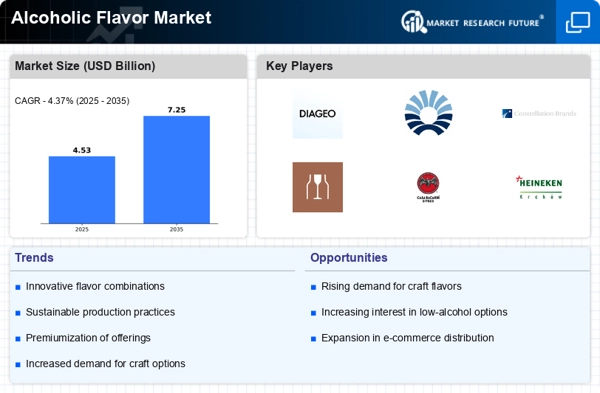
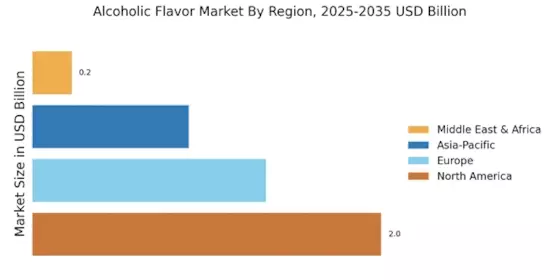
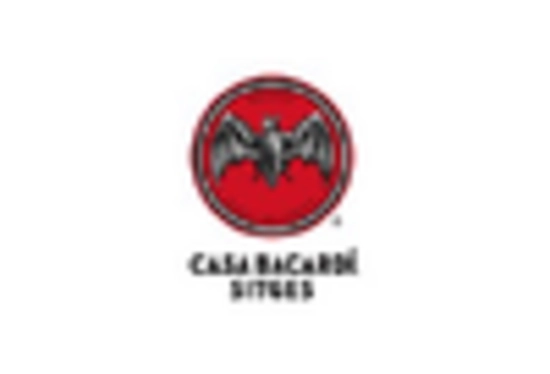
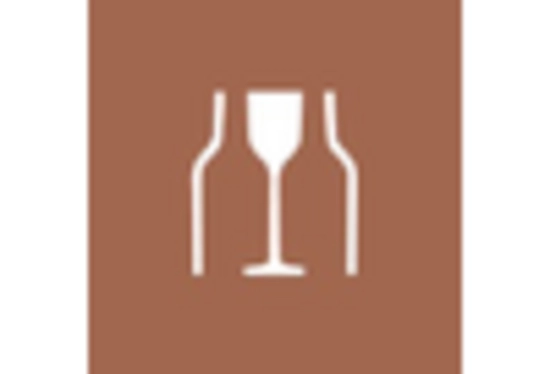
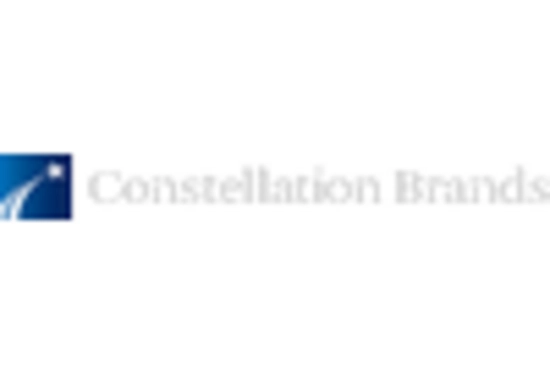
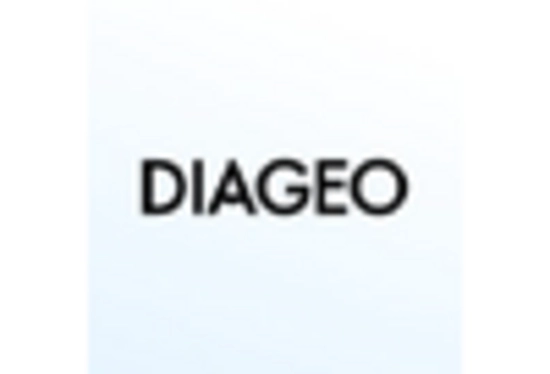
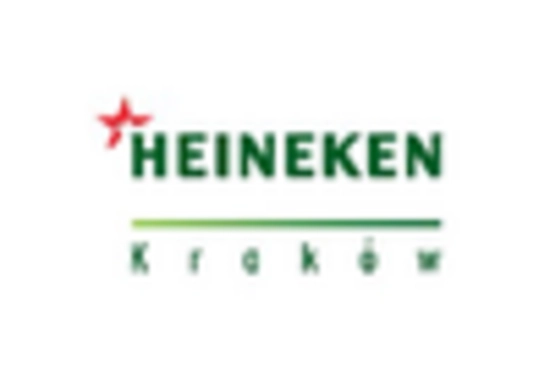
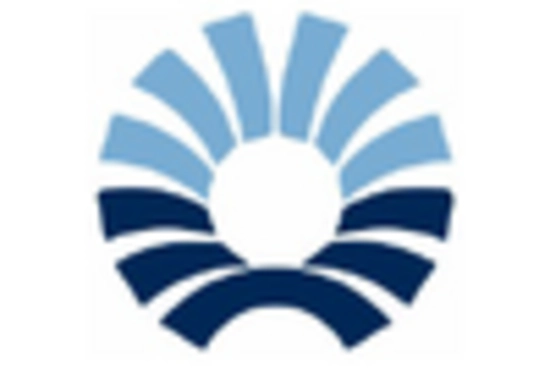








Leave a Comment